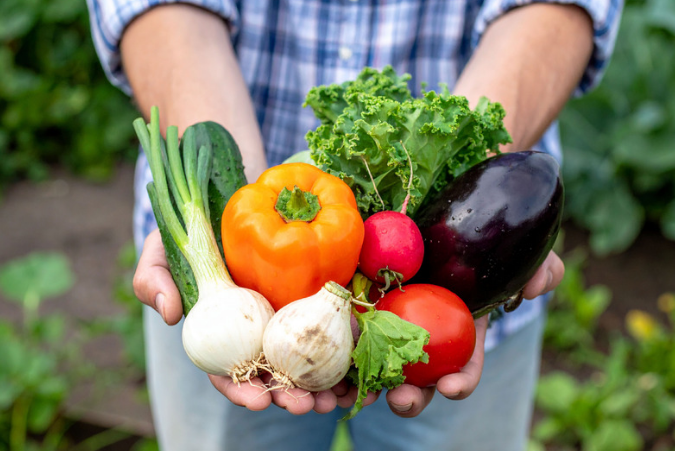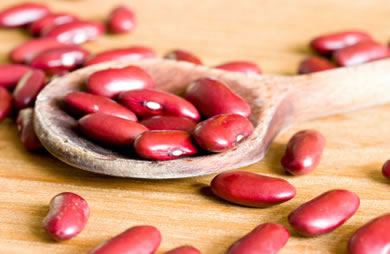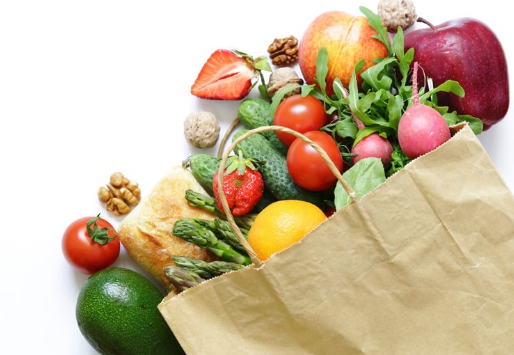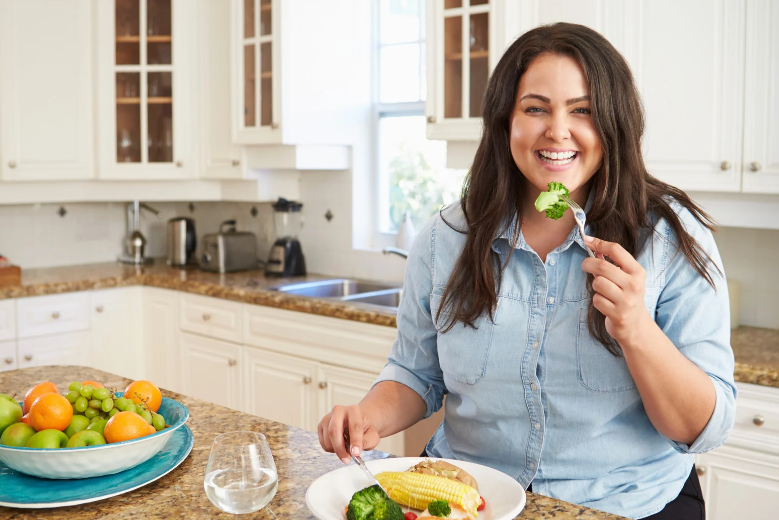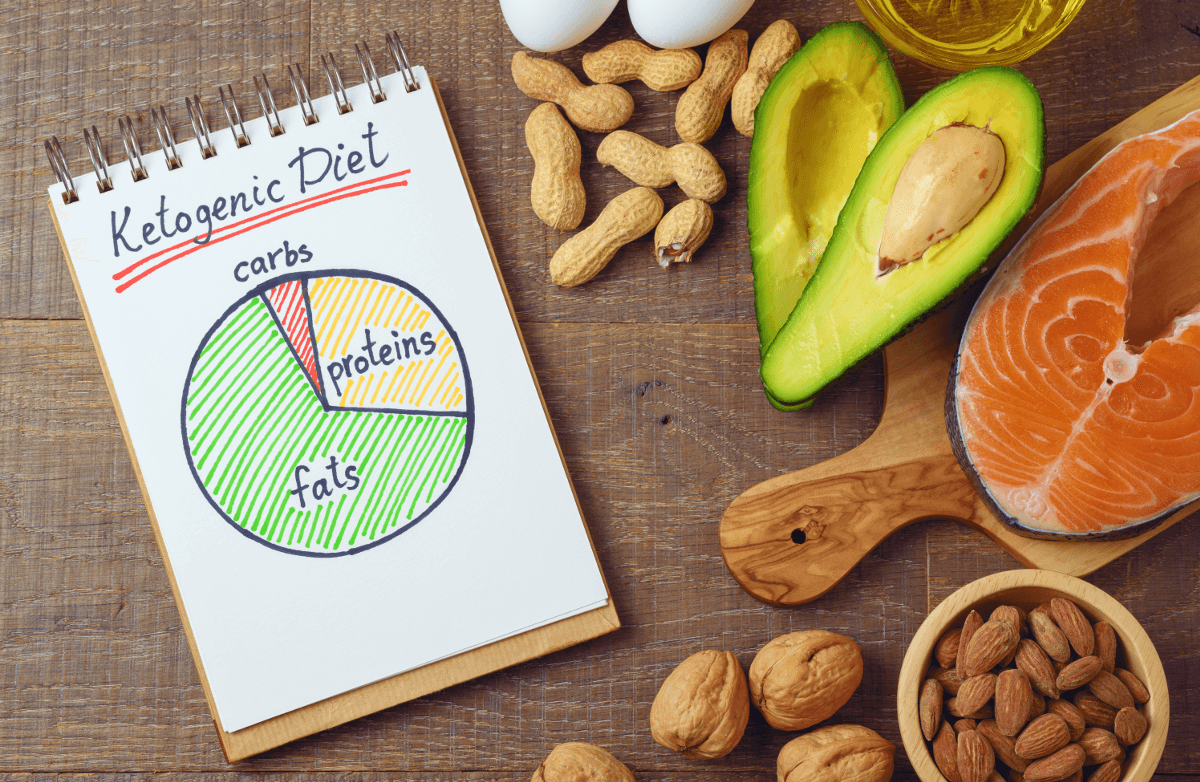
"I can't afford to eat healthy."
If there is one most common excuse for not following a nutritious diet, that’s probably it. On the surface, it seems valid: A quick cruise through the organic section at the grocery store confirms that, indeed, many of the items that are marketed as the healthiest options come with a hefty upcharge. Sure, ordering a greasy pizza or Chinese takeout may end up being cheaper upfront than planning, shopping for and preparing a well-rounded meal—but in the long run, the latter will cost you far less in terms of health and wellness.
"Many people believe that eating healthy, buying organic and eating clean is going to break the bank," says Hope Pedraza, certified nutrition coach and founder of inBalance, a fitness and wellness studio located in San Antonio. "While typical 'health foods' are generally more expensive than junk food, eating healthy doesn’t have to cost more than the alternative."
Pedraza points to a study published in the British Medical Journal, which showed that eating healthy costs a person about $550 more per year. Although this can be a budgetary strain for many people, what this study didn’t take into account was the long-term healthcare costs of eating a poor diet. "In actuality, it is a trade-off—spend a little more on food now to save you on doctor and hospital bills in the future," Pedraza advises.
Before assuming that your budget can't support proper nutrition, take a look at these expert-recommended tips for eating healthy on the cheap.
Check the kitchen before making a list.
Instead of making a beeline to the grocery with your ingredients list in hand, Ken Immer of Culinary Health Solutions suggests taking the time to go through the fridge and pantry and move things around to make room for the new foods you’ll be bringing home. By considering how much space you actually have, Immer says you’ll be more apt to buy only what you need.
This is especially important for perishable foods, such as vegetables and dairy products. "While it's sometimes possible to save a dollar by buying in bulk, if you don’t use it all before it goes bad, you haven’t saved any money, and might have even lost money," he warns.
Plus, this step will also remind you of any leftovers you might have on hand for upcoming meals, which could cause you to trim your shopping list and save some money.
Plan your grocery route.
You've probably heard the common advice to steer clear of the middle of the grocery store and stick to the perimeter where the fresh foods are, but Alyssa Lavy, M.S., R.D., C.D.N., owner of Alyssa Lavy Nutrition & Wellness LLC, says that's not necessarily the way to go when shopping on a budget.
"If you only shop the perimeter, you may miss out on some budget-friendly and nutritious foods," she notes. "I personally stock up on canned, no-salt-added beans, packaged or bulk nuts/seeds/grains and many frozen items, all of which would be left out from my grocery haul if I ignored the middle of the store."
However, Immer also cautions against automatically traveling up and down every aisle of the supermarket, as this can lead to impulsive purchases and more money spent. Instead, reorganize your list based on where you will find the items in the store, which saves both time and money.
Save your scraps.
Professional chef Natasha Feldman has gotten into the habit of keeping a large mixing bowl next to her while she cooks, so she can save all of her vegetable scraps, such as carrot peels, onion layers and the bases of celery stalks. At the end of each cooking session, she throws all of the scraps into zip-lock bags and freezes them.
"I also do the same thing with leftover bones from chicken—then when I need to make a stock, I just throw all my scraps in a large pot of water with some peppercorns and bay leaves and make my own," Feldman says. "That way, I'm not wasting the great veggies that I already paid for, and I'm not spending extra on a stock. I know this is only a small thing, but when I get into the mindset of not wasting, I find that I save more money on food overall."
Nutritionist Jedha Dening offers some more tips for saving veggie scraps: For cauliflower and broccoli leaves and stalks, lightly oil them and roast or chop them to put in a stir fry, casserole or stew. For beet leaves, chop and sauté them in a little oil and garlic for deliciously sweet greens.
Consider meat substitutes.
While protein is important, meat is one of the most expensive items in most meals. Megan Casper, MS, RDN, dietitian and owner of the Nourished Bite nutrition site, suggests trying more budget-friendly meat substitutes like beans, eggs or peanut butter.
"This swap is not only budget-friendly, but research shows that those who eat less meat have a reduced risk of cancer and cardiovascular disease, so small changes can add up to a big impact," she says.
And when you do buy meat, Casper suggests trying different cuts that are less expensive, like chicken thighs instead of chicken breasts. "Cheaper cuts of red meat (like pork shoulder or chuck) may be a bit tougher, but they can be slow-cooked to juicy perfection," she notes. "And lean cuts have more meat per dollar than ones with a layer of fat that will be cut or cooked."
Don't skip out on frozen or canned produce.
Many people assume that fresh is best when it comes to produce, but Kaleigh McMordie, M.C.N., R.D.N. of Lively Table, points out that frozen and canned produce may actually be more nutritious, and is often much cheaper.
"Canned and frozen fruits and vegetables can be more cost-effective, and because many of them are flash-frozen shortly after harvesting, they retain a lot of nutrients, making them just as healthy and fresh," she says. "They also tend to be more convenient than raw fruits and vegetables and have a longer shelf life, so you don’t have to worry about spoilage." When going this route, McMordie suggests looking for versions with no added salt or sugar.
Drop the "organic or nothing" mindset.
Lavy often hears people say they can't afford organic produce, so they don't eat that particular food. While it's true that organic produce is often more expensive than conventional, choosing to avoid all produce isn't the best course of action.
Instead, Lavy suggests that her clients focus on spending their organic dollar where it counts: for those foods that are consumed in whole, skin and all, such as berries and leafy greens. For produce items when the skin or outer layer isn't consumed (bananas, avocados, etc.), she says it's okay to opt for conventional.
"Also, using the dirty dozen as a guide can steer you toward choosing organic varieties of the foods that contain more pesticides, and opting for conventional versions of other foods," she says. "If you can afford to purchase all organic, great, but I choose to purchase organic and conventional where it makes the most sense, in order to save money and still eat a nutritious diet."
Prep your produce.
How many times have you bought a bunch of fruits and veggies, only to have them end up in the wastebasket when they weren't eaten in time? To slow down the perishing process, Immer recommends prepping your produce immediately after unpacking your groceries.
"Cutting the greens off the beets, cutting up that pineapple or getting some of those carrots cut into sticks and put into cold water will make it much more likely that you’ll eat them," he says. "And by eating all the veggies you buy, you’re not only saving money, but getting healthier, too."
Skip the single-serve options.
Those individual portions of nuts and cookies may be cute and convenient, but Lavy warns that they typically cost more than their larger counterparts and contain less product. She encourages her clients to purchase the larger containers and portion the foods themselves.
"It's usually cheaper to opt for the bulk nuts or a large package of nuts or seeds and then create a homemade trail mix, which can be put into a few smaller bags or containers for easy grab-and-go, portion-controlled snacks," she says.
As Casper points out, when foods are processed and packaged, you pay a premium for the time and marketing the manufacturer spent doing it. Instead of buying shredded cheese, for example, she suggests buying your own block of cheese and shredding it yourself. Or, instead of buying individual servings of oatmeal, scoop your own half-cup from the bag. "Less processed options often come in larger packages, too, so there are more servings for a cheaper cost," Casper notes.
Test out your green thumb.
Growing your own fruits, veggies and herbs is a great way to combine an enjoyable hobby with fresh, delicious food and cost savings. Casper notes that in many cases, you can buy a packet of seeds that will last you all summer for about the cost of one vegetable in the store.
"If you have a small space, try growing tomatoes, pole beans, salad greens or an herb garden to start," she recommends. "Chives, basil, mint and parsley are easy to grow, even on a sunny windowsill."
Go to the farmer's market during the last half-hour.
Susan Schenck, author of "The Live Food Factor: The Comprehensive Guide to the Ultimate Diet for Body, Mind Spirit & Planet," points out that farmers often use organic methods, but cannot afford to go through the process required to be able to label their food as "organic"—so you can score some toxic-free food without paying the supermarket's upcharge.
To save even more, Schenck suggests hitting the market when it's about to close, at which time the farmers will be more likely to offer drastic reductions. "I've seen fruit go from $4 a pound down to $5 for everything that fits in a bag," she says.
She also recommends visiting supermarkets and requesting produce that's about to get thrown out. "Many of the stores routinely toss perfectly good produce because it has bruises or is somehow not picture-perfect," she notes. "Ask when you could pick these items up before they get tossed."
With a little extra planning and creativity, you can eat healthy without slimming down your wallet. Once you incorporate these tips into your daily routine, you’ll wonder how you ever spent so much on pizza delivery.





